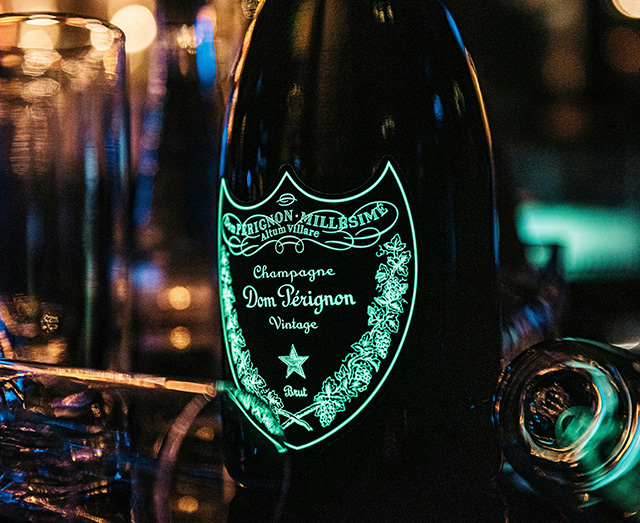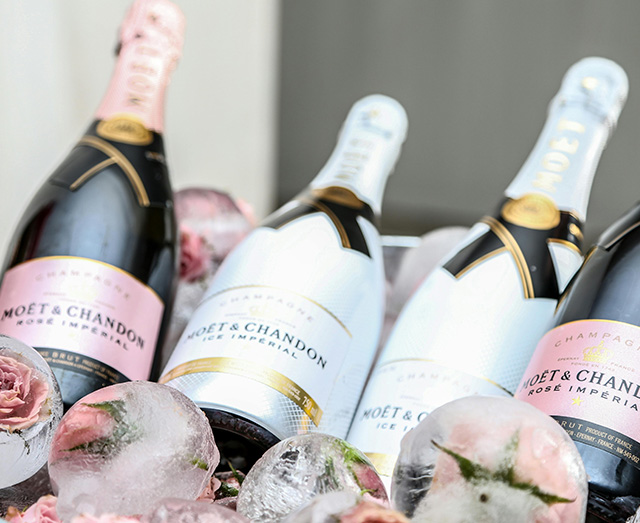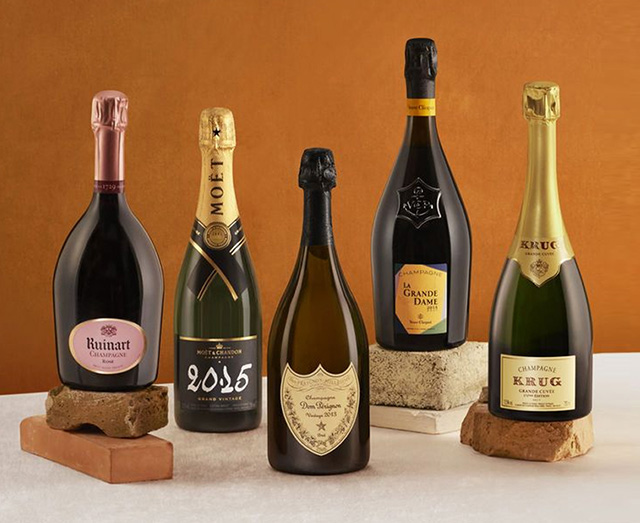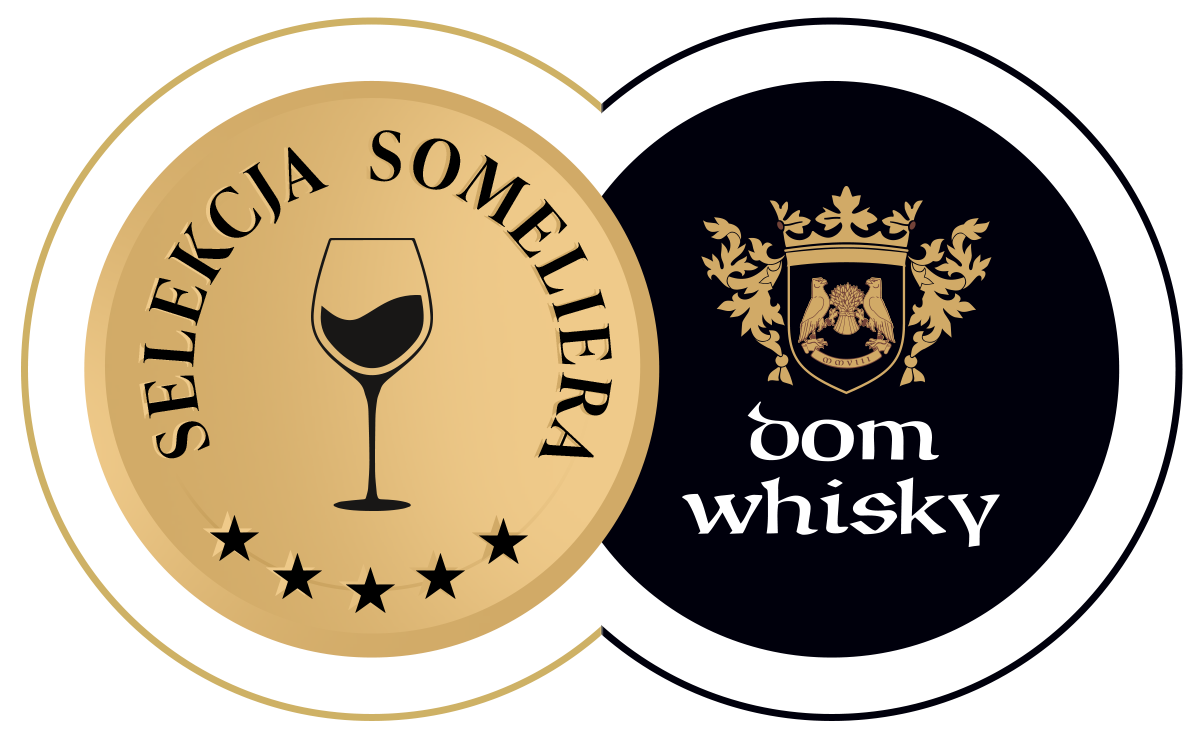Guide to the Champagne Wine Region: Information and Essential Knowledge
The Champagne wine region is famous for producing the world’s most prized sparkling wine – Champagne. Understanding its uniqueness is key to appreciating the global reputation of this drink. [read the full history of Champagne].
Geographical Location and Borders
This region is located in northeastern France, just a short distance from Paris. It includes the departments of Marne, Aube, and Haute-Marne. The main cities of the region are Reims and Épernay, which are central hubs of the Champagne industry. The region's borders are strictly defined by French law to ensure the authenticity of the wines produced there.
Basic Information:
- Location: northeastern France
- Distance from Paris: approximately 150 km east
- Key cities: Reims, Épernay
UNESCO World Heritage Status
In 2015, part of the Champagne region was inscribed on the UNESCO World Heritage list. This includes the Champagne Avenue in Épernay, the fort and Saint-Nicaise hill in Reims, as well as the vineyards of Hautvillers, Aÿ, and Mareuil-sur-Aÿ. The UNESCO recognition highlights the historical significance and cultural landscape that have shaped Champagne production over centuries.
Cultural Sites:
- Champagne Avenue: historic cellars and residences in Épernay
- Saint-Nicaise Hill: underground cellars in Reims
- Historic vineyards: Hautvillers, Aÿ, Mareuil-sur-Aÿ

History and Development of Champagne
Discovering the history of the region is a journey from medieval inventions to modern renown. Key figures and breakthrough moments have shaped Champagne's current status in the wine world.
Champagne Terroir
Terroir, the combination of soil, climate, and terrain, gives Champagne wines their unique character.
Soil Composition and Microclimates
The dominant soil is chalk mixed with marl, providing excellent drainage and water access. Various microclimates, including forests that moderate weather impact, benefit the vineyards.
- Chalk: stores water, enables drainage
- Marl: influences grape mineralness
Impact of Topography
Hilly terrain, especially Montagne de Reims, favors sunlight exposure and water drainage. Northern slopes are cooler, while southern slopes are warmer, affecting grape ripeness.
Grape Varieties and Wine Production
The main three varieties grown in Champagne are:
- Chardonnay – provides finesse, freshness, and elegance
- Pinot Noir – offers structure, depth, and red fruit aromas
- Pinot Meunier – brings fruitiness and roundness
Less common varieties include Pinot Gris, Pinot Blanc, Petit Meslier, and Arbane – used for exceptional cuvées.

Production Process – Champagne Method
1. Alcoholic fermentation
2. Blending (mixing wines from different grape varieties, vintages, and plots)
3. Bottling and second fermentation (adding yeast and sugar – liqueur de tirage)
4. Aging on lees (minimum 15 months for non-vintage wines, 3 years for vintage wines)
5. Riddling and disgorging (remuage and dégorgement)
6. Dosage – adding liqueur d’expédition (wine with sugar) to set sweetness level
Sugar Level Classification (dosage):
- Brut Nature: 3 g/l
- Extra Brut: 0–6 g/l
- Brut: 12 g/l
- Extra Sec: 12–17 g/l
- Sec: 17–32 g/l
- Demi-Sec: 32–50 g/l
- Doux: 50 g/l
Rarer varieties include Pinot Gris, Pinot Blanc, Petit Meslier, and Arbane – used for special cuvées.
Variants and Blends:
- Vintage – made from a single year’s harvest.
- Non-Vintage – blends from different years, maintaining the style of the Champagne house.
- Rosé – made by skin contact or adding red wine.
- Blanc de Noirs – from dark grapes (Pinot Noir and/or Meunier).
- Blanc de Blancs – made exclusively from Chardonnay.
- Coteaux Champenois – rare still wines from Champagne.
Rarer varieties include Pinot Gris, Pinot Blanc, Petit Meslier, and Arbane – used for special cuvées.
AOC and Legal Structures of Champagne
Appellation d’Origine Contrôlée (AOC) – official protected name. To label a wine “Champagne AOC,” it must:
- Be produced in the designated region
- Be made using the Champagne method
- Contain permitted grape varieties (Pinot Noir, Chardonnay, Pinot Meunier, Pinot Blanc, Pinot Gris, Arbane, Petit Meslier, Voltis)
Vineyard Classification:
- Grand Cru – 17 villages rated 100%
- Premier Cru – 42 villages rated 90–99%
Frequently Asked Questions - FAQ
Which cities are worth visiting in the Champagne region?
Reims (with its cathedral and major Champagne houses) and Épernay (with the Avenue de Champagne) are must-see destinations.
How does terroir influence the taste of Champagne?
Chalky soil, cool climate, and unique geological formations give the wine freshness, minerality, and distinctive acidity.
When is the best time to visit Champagne?
Between May and October – especially in September during the harvest. Tastings are available year-round.
What are the main subregions of Champagne?
- Montagne de Reims – Pinot Noir
- Vallée de la Marne – Pinot Meunier
- Côte des Blancs – Chardonnay
- Côte des Bar – Pinot Noir
What distinguishes Champagne from other sparkling wines?
Its origin (protected geographical designation) and production method (méthode champenoise), combined with terroir, provide a unique style, complexity, and elegance.
Which cultural sites are worth visiting?
The Basilica of Saint-Remi and the Palace of Tau in Reims, as well as small villages with traditional architecture and centuries-old winemaking history.

In the Middle Ages, the foundations of winemaking in Champagne were laid. The unique terroir and the innovation of its inhabitants made the region a powerhouse in wine production. In the 17th century, production techniques greatly advanced – thanks to stronger bottles and the addition of sugar for secondary fermentation, the characteristic effervescence was created.
In the 18th century, during the reign of Louis XIV, Champagne gained popularity at the royal court. In the 19th century, thanks to developments in transportation and technology, it became a status symbol throughout Europe and the New World.
